Do Pothos Like Humidity? Would it be a nice idea to elevate its levels around this plant? Let’s find out the details!
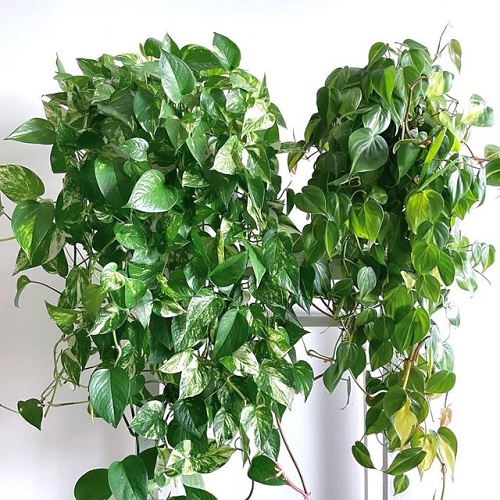
Do Pothos Like Humidity? If you have this question in your mind then we are here to clear all the doubt once and for all!
Here are several amazing Benefits of the Pothos Plant.
Understanding Humidity
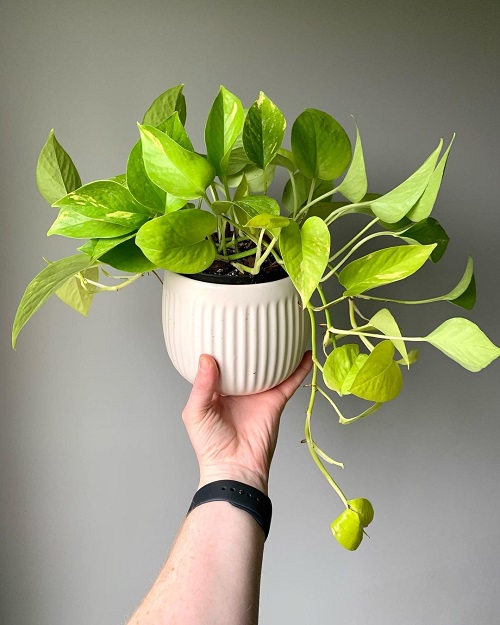
Humidity is a measure of the amount of moisture in the air. It’s an important factor in maintaining a healthy indoor and outdoor environment. Humidity levels can affect everything from the growth of plants to the comfort of humans and animals.
The ideal humidity level varies depending on the specific situation. Generally, 40-60% humidity levels are ideal for most indoor plants, including pothos. Higher humidity levels can lead to mold and mildew growth, while excessively low humidity can cause dry skin and respiratory problems.
In outdoor environments, humidity levels can have an impact on plant growth and survival. In areas with high humidity, plants may be more susceptible to fungal diseases, while excessively low humidity can lead to dehydration and wilting.
Discover different types of Pothos Varieties to Grow in Water Here.
Humidity and Houseplants
Before we answer the question – do pothos like humidity, it is important to understand the relationship between plants and humidity. Most houseplants are native to tropical or subtropical regions where the air is humid. When we bring these plants into our homes, which typically have lower humidity levels, the dry air can cause problems for the plants.
- Water absorption: Houseplants absorb water through their roots and leaves. When the air is dry, plants lose moisture faster through their leaves, which can lead to wilting, leaf drop, and stunted growth. Increasing humidity around the plants can help to slow down the rate of water loss and keep the plants healthy.
- Transpiration: Plants transpire, or release water vapor into the air through tiny pores on their leaves. When the air is dry, the rate of transpiration increases, and plants lose more water than they can absorb, which can lead to stress and damage. Increasing humidity can help to balance the rate of transpiration and keep the plants healthy.
- Pest and disease prevention: Dry air can make houseplants more vulnerable to pests and diseases, such as spider mites and powdery mildew. By maintaining adequate humidity levels around the plants, you can help to prevent these problems.
- Growth and flowering: Adequate humidity levels can also encourage growth and flowering in houseplants, especially those that are native to tropical or subtropical regions. When the air is too dry, the plants may go into survival mode and stop growing and flowering.
Have a look at the top tips on growing pothos faster here
Do Pothos Like Humidity?
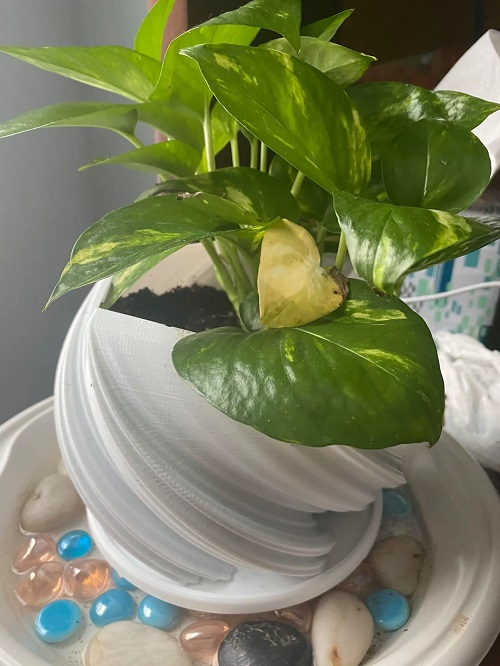
So, do pothos like humidity? Pothos plants are native to tropical regions, where they are used to high levels of humidity. As a result, they are generally quite tolerant of high humidity levels and can even benefit from them in certain ways.
However, it’s important to strike the right balance when it comes to humidity. Excessively high humidity can create a breeding ground for bacteria and fungal growth, which can harm your pothos plant.
On the other hand, excessively low humidity can lead to a range of problems, including leaf drop, stunted growth, and weakened natural defenses against pests.
Learn about Growing Neon Pothos here
Benefits of High Humidity for Pothos
- Hydration: In high-humidity environments, pothos plants are able to absorb more moisture through their leaves, which can help to keep them hydrated and healthy.
- Prevents Pest Attacks: High humidity can help to prevent problems like spider mites and other pests that can thrive in dry environments.
- Adequate Growth: Finally, high humidity can promote vigorous growth in pothos plants, leading to lush foliage and a fuller, more attractive appearance.
Learn the Top Tips on Marble Queen Pothos here
Risks of Low Humidity for Pothos
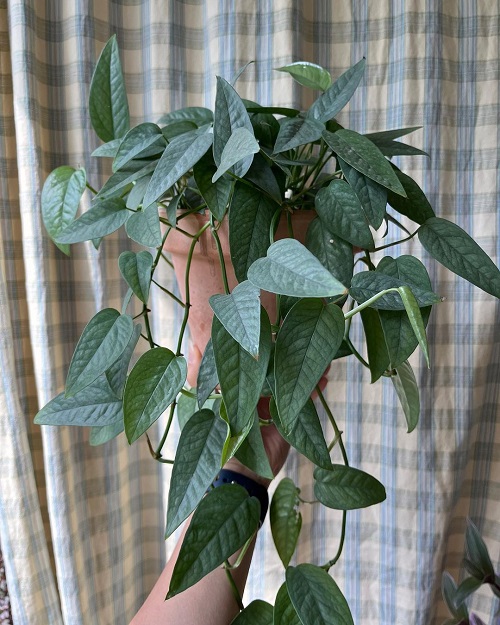
When humidity levels drop below 40%, pothos plants can begin to experience a range of problems, including:
- Leaf drop: One of the most common signs of low humidity in a pothos plant is leaf drop. As the air becomes drier, the plant may shed leaves to conserve moisture.
- Stunted growth: Pothos plants may also experience stunted growth when exposed to low humidity levels. Without enough moisture in the air, the plant may struggle to take up water through its roots and grow to its full potential.
- Susceptibility to pests: Dry air can also make pothos plants more vulnerable to pests such as spider mites and mealybugs. These pests thrive in low-humidity environments and can quickly infest a pothos plant if given the opportunity.
- Brown leaf tips: Another common sign of low humidity in a pothos plant is brown or crispy leaf tips. When the air is too dry, the plant may lose moisture through its leaves, causing them to dry out and turn brown.
- Increased risk of disease: Low humidity levels can also increase the risk of disease in pothos plants. Without enough moisture in the air, the plant may be more susceptible to fungal infections and other diseases.
- Curling leaves: Another sign of low humidity in a pothos plant is curling leaves. When the air is too dry, the plant may curl its leaves inward to conserve moisture.
- Brittle stems: If the stems of your pothos feel dry and brittle to the touch, it could be a sign that the plant isn’t getting enough moisture. Pothos plants rely on moisture in the air to keep their stems plump and healthy.
Here is How to Increase Humidity for Houseplants.
Creating the Right Humidity for Pothos
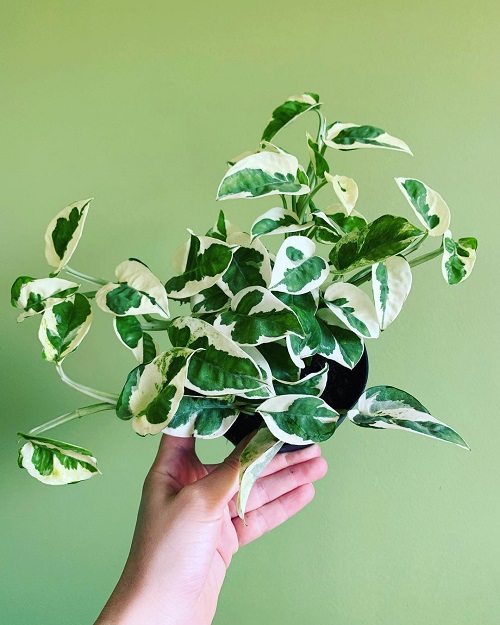
- Group plants together: By grouping your plants together, you can create a microclimate that’s more humid than the rest of your home. This can be especially effective if you have a lot of plants in one area.
- Use a humidifier: If you live in a dry climate or your home has low humidity levels, using a humidifier can help create the ideal environment for your pothos plant. Just be sure to clean your humidifier regularly to prevent the growth of bacteria and mold.
- Mist your plant: Misting your pothos plant with a spray bottle can help increase the humidity levels around it. Be sure to mist your plant in the morning or early afternoon so that the leaves have time to dry before the cooler nighttime temperatures set in.
- Use a pebble tray: Placing your pothos plant on a pebble tray filled with water can help increase the humidity levels around it. Just be sure that the bottom of the pot isn’t sitting in the water, as this can lead to root rot.

